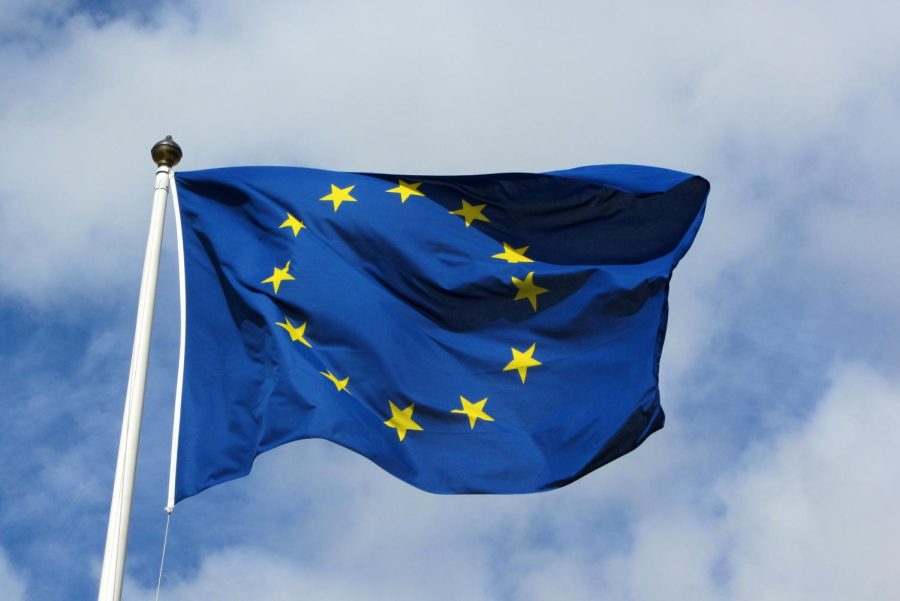How Countries Get Into the Eurozone
January 24, 2023
Good news, travelers! Thanks to Croatia joining the eurozone this year, you now have more purchasing power out of euros from your trip to other European countries. From its inception in the late 1990s, the euro has helped facilitate international trade and helped strengthened inter-member relations. Generally, adopting the euro has been shown to improve economic growth within the country, ultimately making it more successful in the long term. But, if that’s the case, why don’t all 44 European nations use the euro, and how do countries get permission to use this currency?
The euro dates back to the 1990s when one of the requirements of the Maastricht Treaty was for the European Union to adopt a single currency. The treaty, then signed by all European community members, was to promote European integration to foster new economic growth.
Thirty years have passed, and the treaty has expanded from an international union of economic cooperation to the second-largest world economy. All that economic growth is partially thanks to the euro, as financial sources show that a country adopting the euro generally leads to economic growth. But how does a country adopt the euro?
The process of joining the eurozone is to first comply with the guidelines set within the Maastricht Treaty. The treaty states that the country must meet the guidelines for its price stability, how sustainable its public finances are, the long-term outcome of using the euro, and the currency’s strength to join the eurozone.
The treaty’s requirements are based on aspects of a financial market decided by the European Commission. Price stability is based on a country’s inflation rate, the public finances are based on the government’s debt, the long-term effect is based on interest rates, and the stability is based on exchange rates.
Once the country meets an inflation rate of 1.5% above the three best-performing member states, the debt is mostly clear, the interest rate is 2% above the three best-performing states, and the exchange rate doesn’t devalue the euro after two years of adoption, the member country applying to join will be accepted into the eurozone. However, the process listed will take anywhere from five to ten years, with Croatia specifically taking nine.
“I think this will bring a great benefit to Croatia,” commented junior Eric Wang. “The use of euros in a country where most of the reserve currency is euros helps with their economy.”
After the requirements are met, a country is in the eurozone. Now, this unspecified country can more easily participate in the European Single Market, euros will be legal tender, and the previous currency is usually phased out over time. Hopefully, the country will become as prosperous as the other member countries.
Photo courtesy of WIKIMEDIA COMMONS

